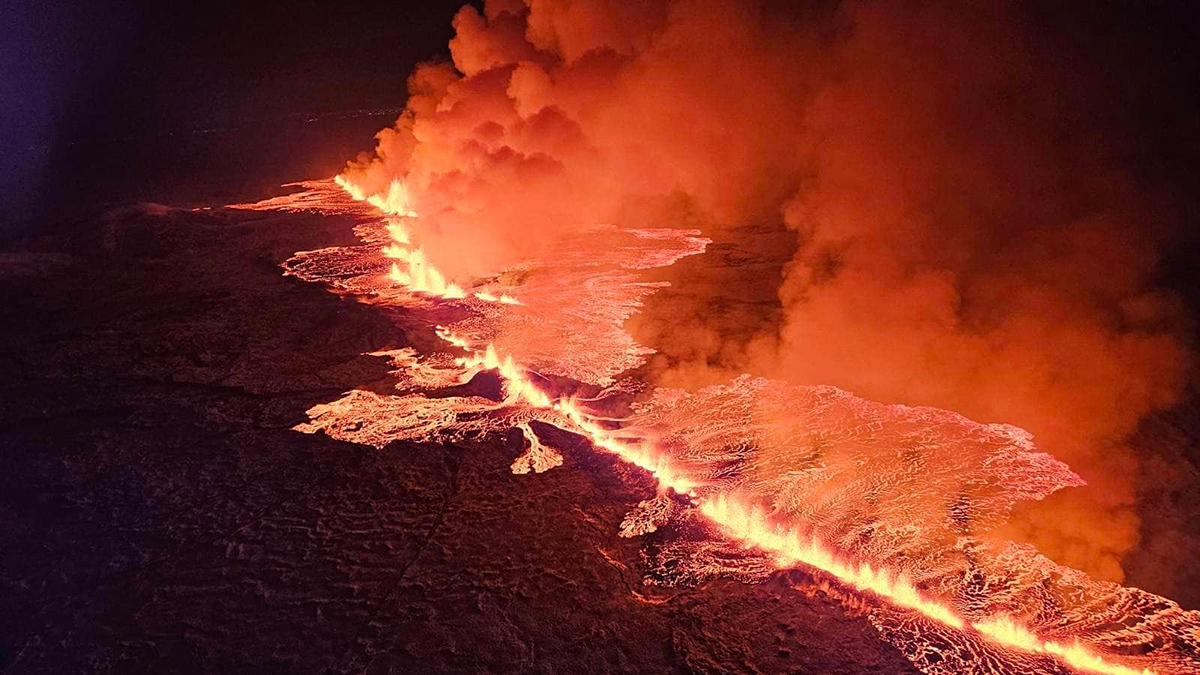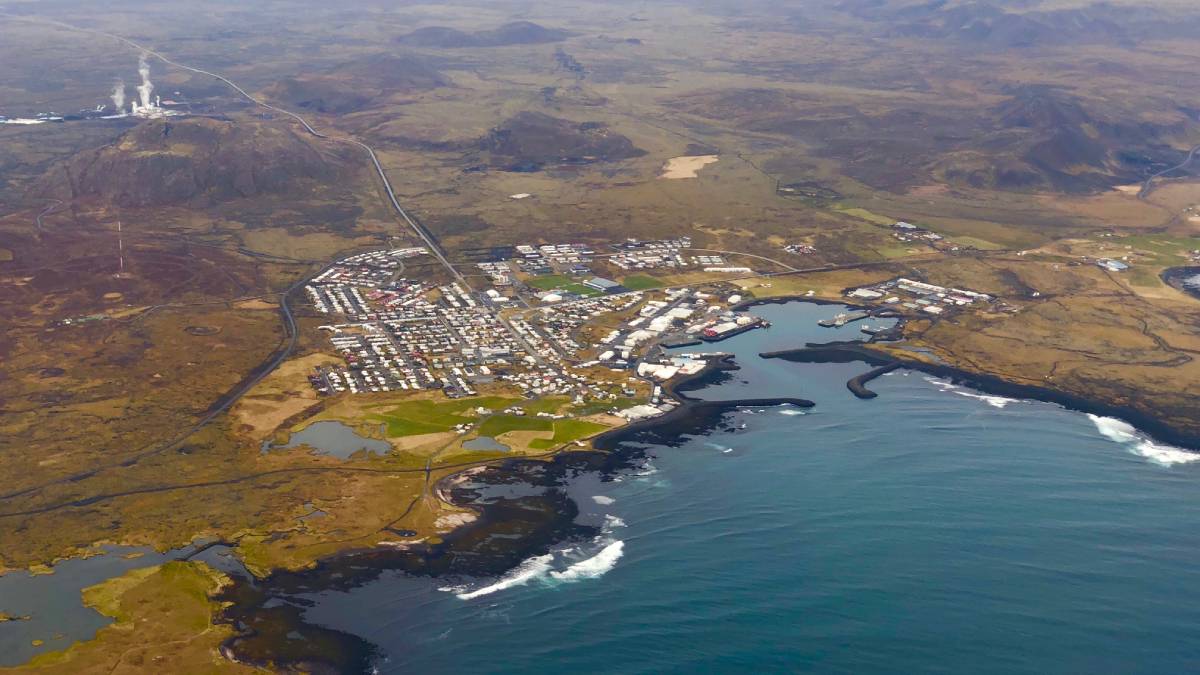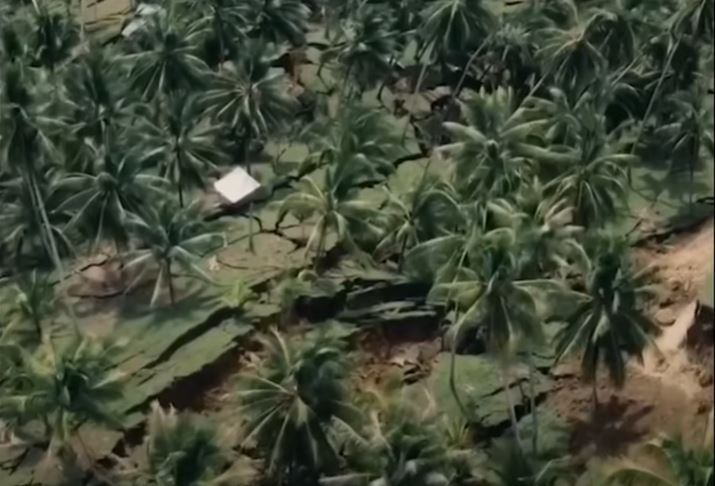Faults are made of complex materials with complex behaviors, and having a single model that can predict these behaviors is an advance in understanding deformation and the earthquake cycle.
earthquakes
Frost Quakes Shake Up Finland’s Wetlands
New research shows frost quakes may happen more frequently in wetland areas and, similar to earthquakes, can cause damage to infrastructure.
Trends in the occurrence of landslides in Nepal from 2011 to 2020
The Landslide Blog is written by Dave Petley, who is widely recognized as a world leader in the study and management of landslides. Nepal is one of the most landslide prone countries on earth, a consequence of its topography, geology, climate and socio-economic setting. I have long had an interest in landslides in Nepal, and […]
Landslides from the 1 January 2024 Noto Peninsula Earthquake in Japan
The Landslide Blog is written by Dave Petley, who is widely recognized as a world leader in the study and management of landslides. On 1 January 2024, the Mw=7.5 Noto Peninsula Earthquake struck the Ishikawa Prefecture in Japan. AS of the time of writing, 168 people are known to have lost their lives, whilst up […]
Oceanic Cacophony
The ocean is a pretty loud place, and anthropogenic noise is adding another layer to the soundscape.
Icelandic Fissure Finally Erupts
The position of the eruption and wind conditions are favorable. No one is in immediate danger, local officials said.
Eruption Now Unlikely Near Icelandic Town
Scientists and local authorities had been tracking the eruption’s precursors for weeks and evacuated residents. Then the magma stalled.
Subducted Seamounts May Lead to Larger Earthquakes
New findings show that underwater mountains may increase friction along subduction zones, building up stress and making larger ruptures more likely.
Landslides triggered by the 17 November 2023 M=6.8 earthquake in Sarangani in the Philippines
The Landslide Blog is written by Dave Petley, who is widely recognized as a world leader in the study and management of landslides. On 17 November 2023 at 4:14 pm local time, an Mw=6.8 earthquake struck the the area of Sarangani in Davao Occidental in the Philippines. The epicentre was located offshore at a depth […]
Los primeros eventos de deslizamiento lento observados en el sur de Costa Rica
Cinco eventos observados en la Península de Osa revelan nueva información sobre el papel que estos pequeños y lentos terremotos pueden desempeñar en la acumulación de tensión y riesgos de tsunami a lo largo de las zonas de subducción.










